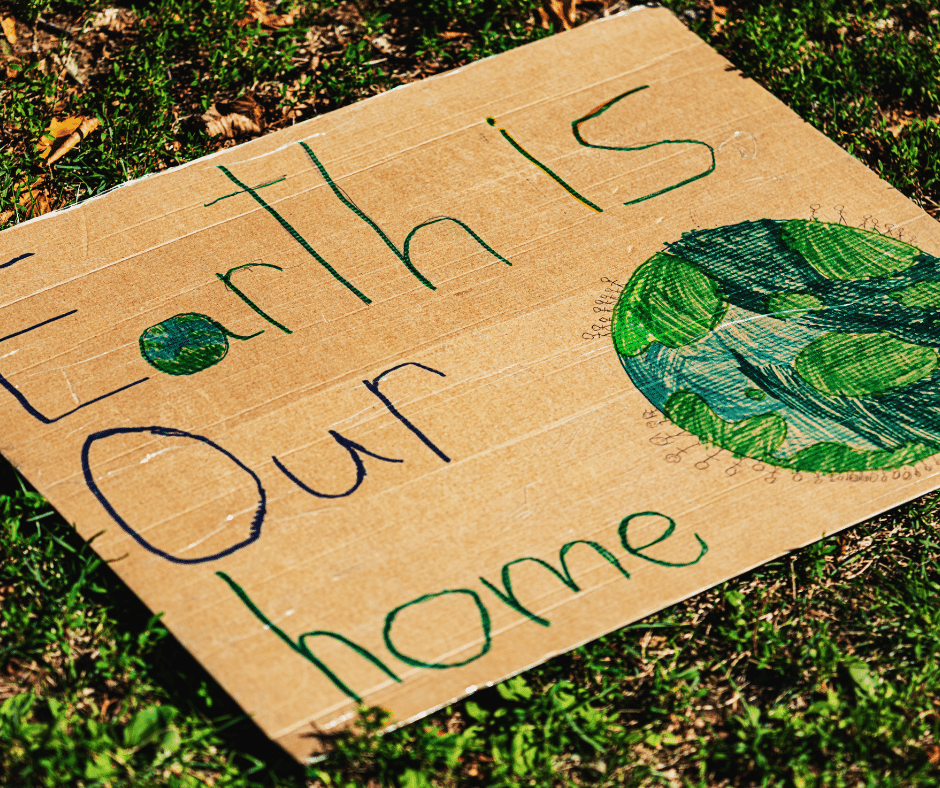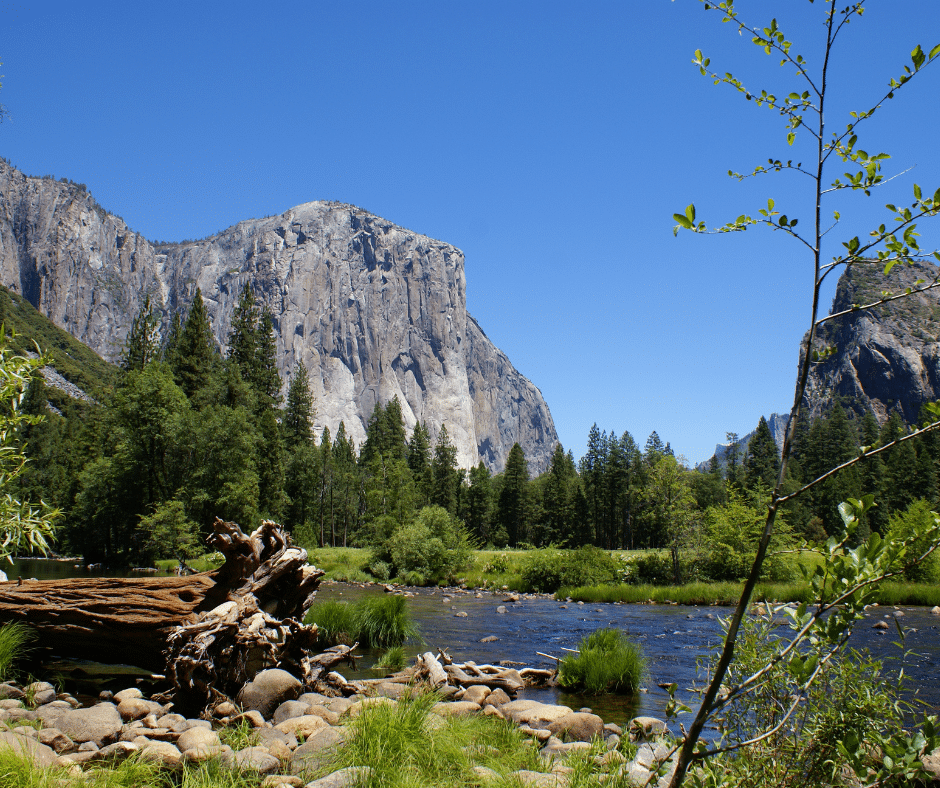Climate change is one of the biggest challenges facing our planet today. As global temperatures rise, sea levels continue to creep up, and extreme weather events become more frequent and more intense, the effects of climate change are becoming increasingly evident.

From melting polar ice caps to extreme droughts and flooding, the changing climate has far-reaching implications for all living things. In this blog post, we’ll explore how our ecosystems are being affected by climate change and what steps can be taken to mitigate its impact.
The most obvious effect of climate change on our natural world is rising global temperatures. This phenomenon, known as global warming, is not only responsible for melting ice sheets in some parts of the globe; it also affects all areas. Warmer temperatures cause a number of changes to our environment, including an increase in sea level rise and an alteration in water cycles that can lead to drought and floods across large areas.
These changes have direct impacts on plants and animals alike; some species may struggle to adapt or even face extinction due to the changing conditions.
In addition to the direct effects of climate change, certain indirect effects have been observed as well. For instance, when air temperatures become too hot for survival in certain regions, animals may migrate elsewhere in search of a better habitat with more favorable conditions—putting additional strain on other ecosystems that need time to adjust accordingly.
Plants may struggle as well; with longer droughts or heat waves occurring unexpectedly throughout the year, many species will find it difficult (or impossible) to stay healthy under these new conditions.
Though we cannot stop climate change from occurring altogether, there are ways individuals can help reduce its impact and protect our environment going forward. By taking small steps such as reducing energy consumption at home or recycling household waste material responsibly, we can make a difference in preserving natural resources while conserving energy used unnecessarily by society as a whole.

Planting trees or native flowers can also help reduce carbon dioxide levels while providing shade and other benefits for local wildlife populations struggling with newly altered habitats caused by increased temperatures. Finally, engaging with local government initiatives designed to fight air pollution or combat deforestation can ensure that efforts are being made towards protecting nature for future generations.
In conclusion, understanding how climate change affects our natural world-and what actions can be taken to protect it-is essential for ensuring both humans and animals have access to clean water sources; sustainable resources; and safe places to live that remain unaffected by escalating global temperatures. Taking action now is key—lest we witness irreversible damage done towards the delicate balance of life on Earth
